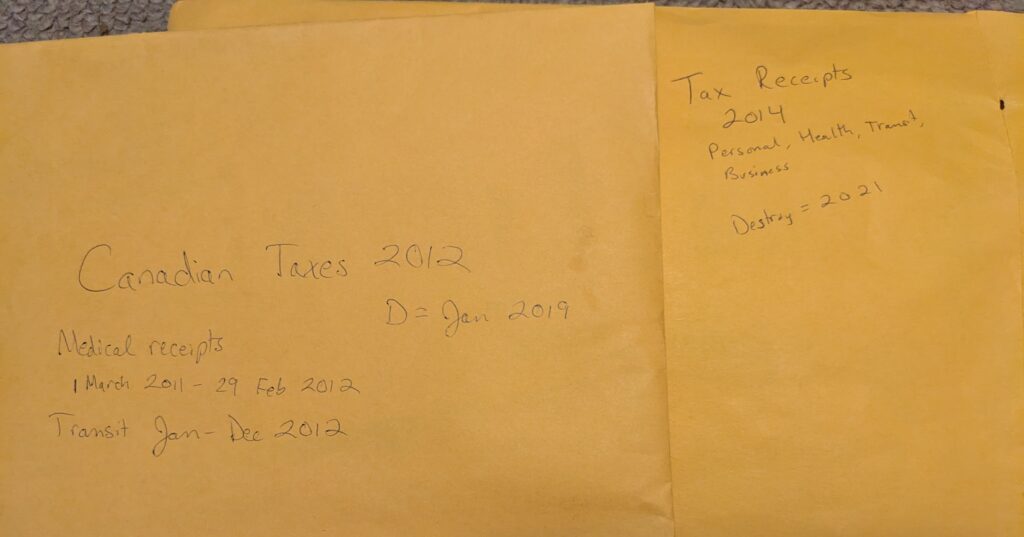Aside from all the ways I can now watch the Olympics, there are other changes in viewing. Namely, the amazing camera angles, ability for instant replay, and the play-by-play frame shots. This last one was new to me and can provide detailed views of the athletes in motion, soaring through the air.
During the womens’ 200 IM finals in swimming, Alex Walsh got disqualified due to a technicality on one of her turns between laps. Apparently she turned too much on her stomach and was disqualified after placing third in the race. What felt strange to me was the combination of human and machine power to make this determination.
At both ends of the pool, a human stands to watch the athletes and sometimes to provide a signal towards the end of the longer races. For example, during the 800m race, the person watching the lane rings a bell to signify the last two laps. The person will also note things about touching and pushing off from the wall. Or if the right kick was used at the right time.
To complement the human viewing, or perhaps to enhance it, many cameras are watching from different angles. This includes at both ends of the lane, underwater, and above the pool. All of which work together to initiate, confirm, or contest noted infractions.
When detecting Walsh’s infraction, I don’t know if the initiation of it came from a machine or a human. Certainly to my untrained eye I didn’t notice anything during the race. Even in slow motion playbacks I couldn’t really tell that she had rolled too much on her stomach. Even when the playback circled the moment to highlight the turn, I couldn’t see the difference. Apparently transitioning from backstroke to breaststroke is tricky. It’s a turn requiring technique and precision.
Something about this whole disqualification felt oddly dissatisfying to me. I’m not advocating that athletes who don’t adhere to the rules should still win medals. However, with all the superb camera angles and scrutiny, I felt like maybe it makes it too easy to dissect every imperfection in excruciating detail. It’s neat to see how the athletes accomplish all the amazing feats, but it also detracts a bit from my enjoyment to see so many small, nitpicky things pointed out with the high tech cameras. It’s kind of like exposing a magician’s tricks.


